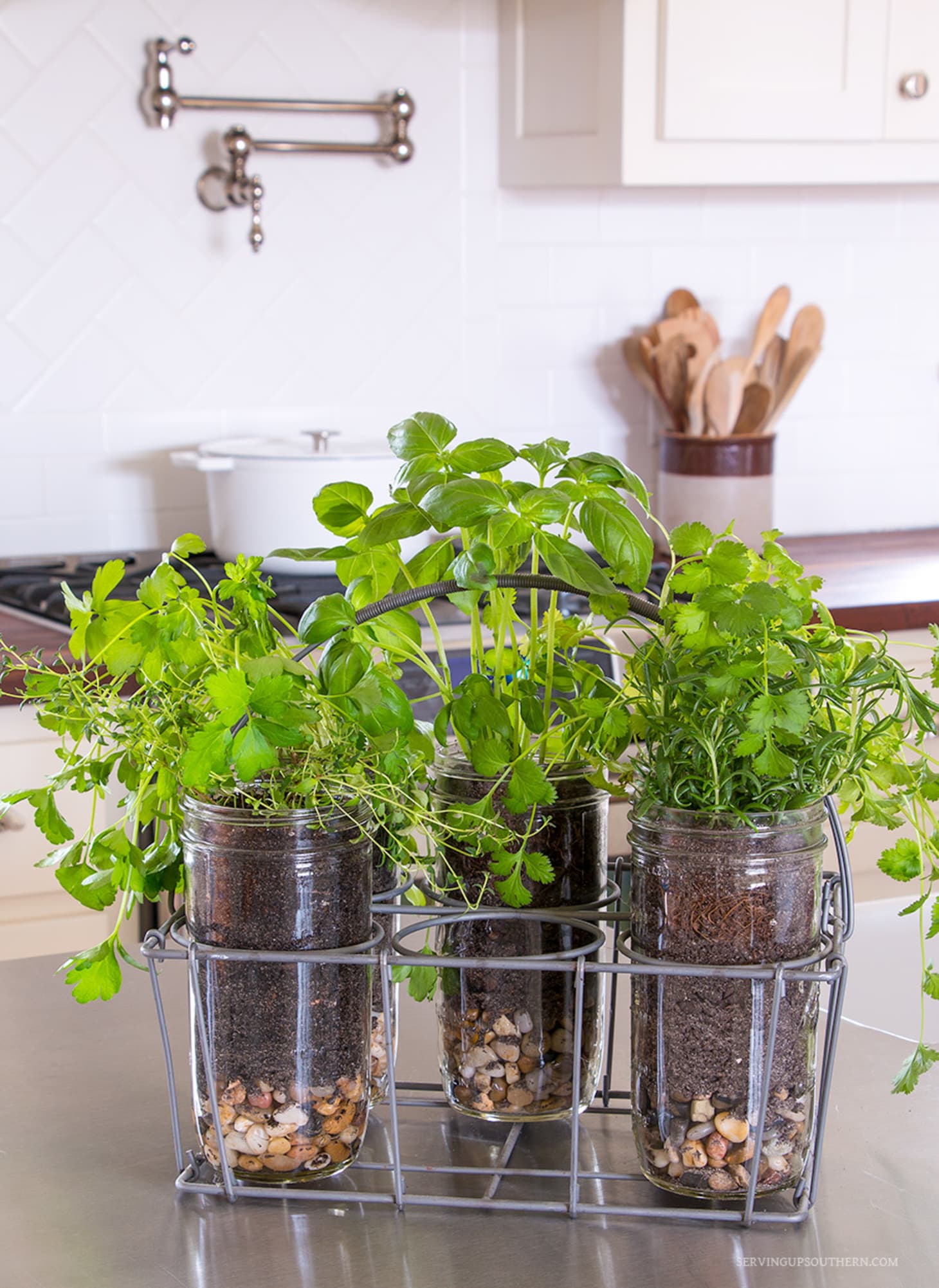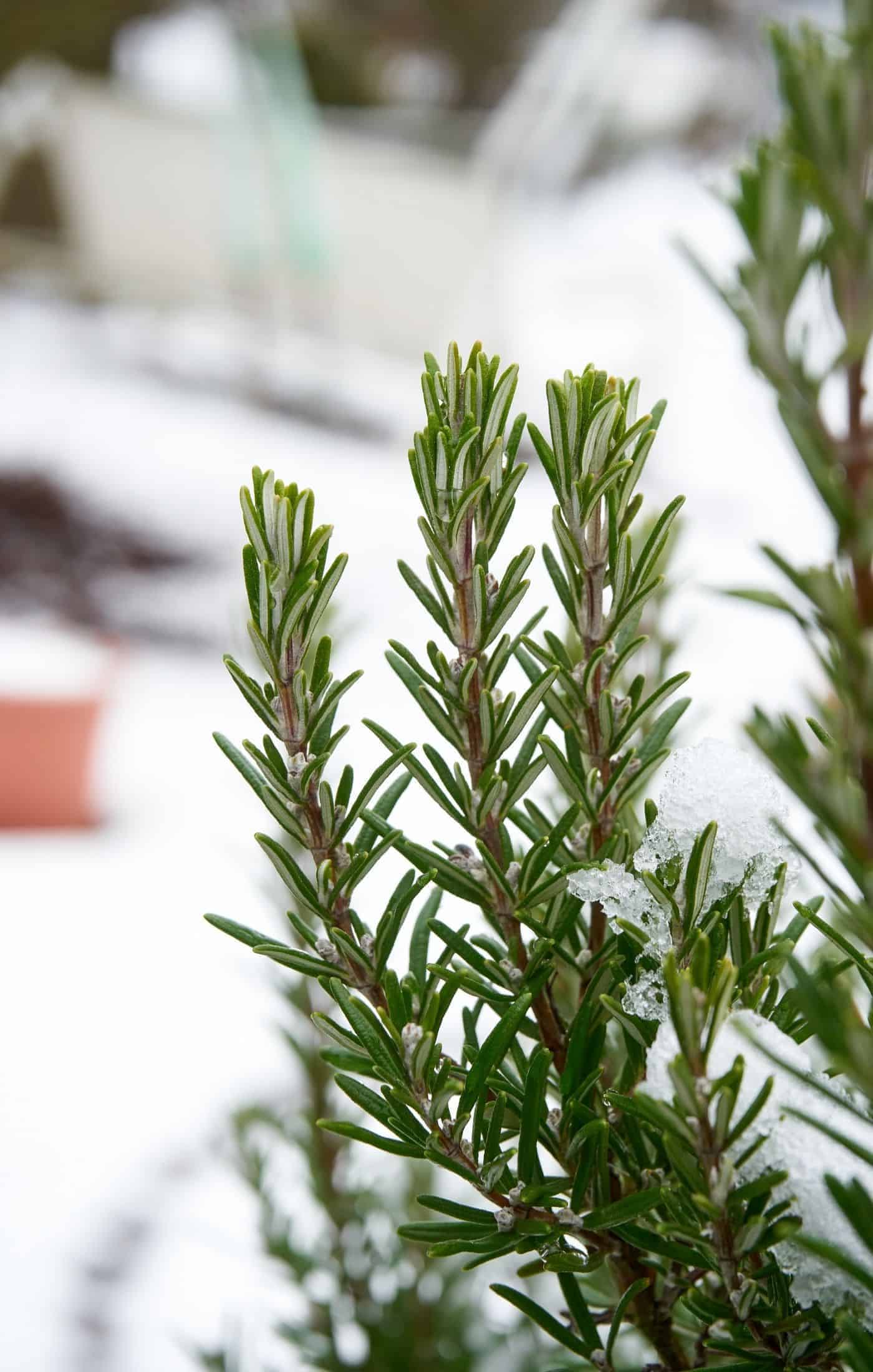How to Grow Rosemary Indoors: A Comprehensive Guide

Imagine the aroma of fresh rosemary wafting through your home, evoking memories of hearty meals and cozy evenings. Growing rosemary indoors is not only a delight for the senses but also a practical way to have this versatile herb at your fingertips. Whether you're a seasoned gardener or a novice looking to start an indoor herb garden, this guide will walk you through everything you need to know about how to grow rosemary indoors.
Why Grow Rosemary Indoors?
Rosemary is a hardy, evergreen herb that thrives in Mediterranean climates. But don't let its outdoor preferences deter you. With the right care, rosemary can flourish indoors, adding a touch of greenery and a burst of flavor to your home. Growing rosemary indoors allows you to enjoy fresh herbs year-round, regardless of the weather outside.
Getting Started: Choosing the Right Rosemary Plant
Before you dive into growing rosemary indoors, it's essential to choose the right variety. Some rosemary plants are better suited for indoor conditions than others. Look for compact varieties like 'Blue Boy' or 'Gorizia,' which are known for their smaller size and adaptability to indoor environments.
Essential Tools and Supplies
To successfully grow rosemary indoors, you'll need a few essential tools and supplies:
- A well-draining pot
- High-quality potting soil
- A sunny windowsill or grow light
- A watering can or spray bottle
- Pruning shears
How to Grow Rosemary Indoors: Step-by-Step Guide
Step 1: Selecting the Right Pot
Choosing the right pot is crucial for the health of your rosemary plant. Opt for a pot with good drainage to prevent root rot. Terracotta pots are an excellent choice because they allow excess water to evaporate, keeping the soil from becoming waterlogged.
Step 2: Preparing the Soil
Rosemary prefers well-draining soil that is slightly acidic. You can use a standard potting mix or create your own by combining equal parts of peat moss, perlite, and compost. Ensure the soil is loose and well-aerated to promote healthy root growth.
Step 3: Planting Your Rosemary
Fill your pot with the prepared soil, leaving enough space for the rosemary plant. Gently remove the rosemary from its nursery pot and place it in the new pot, ensuring the root ball is level with the soil surface. Fill in around the plant with more soil, pressing it down lightly to secure the plant.
Step 4: Providing Adequate Light
Rosemary thrives in bright, indirect light. Place your pot on a sunny windowsill that receives at least six hours of sunlight daily. If natural light is limited, consider using a grow light to supplement. Aim for a light source that provides a full spectrum of light, mimicking natural sunlight.
Step 5: Watering Your Rosemary Plant
Rosemary is relatively drought-tolerant, so it's essential not to overwater. Allow the top inch of soil to dry out between waterings. You can check the moisture level by sticking your finger into the soil. If it feels dry, it's time to water. Use a watering can or spray bottle to evenly distribute water around the base of the plant.
Step 6: Maintaining Optimal Temperature and Humidity
Rosemary prefers temperatures between 60°F and 70°F (15°C and 21°C) during the day and slightly cooler temperatures at night. Avoid placing your plant near drafty windows or heating vents, as extreme temperature fluctuations can stress the plant. Rosemary also prefers lower humidity levels, so there's no need to mist the leaves.
Step 7: Pruning and Harvesting
Regular pruning encourages bushier growth and prevents your rosemary plant from becoming leggy. Use pruning shears to trim back the tips of the branches, removing no more than one-third of the plant at a time. You can harvest rosemary leaves as needed for cooking by snipping off small sprigs.
Troubleshooting Common Issues
Even with the best care, issues can arise when growing rosemary indoors. Here are some common problems and their solutions:
Yellowing Leaves
Yellowing leaves can indicate overwatering or poor drainage. Ensure your pot has adequate drainage holes and allow the soil to dry out between waterings. If the problem persists, consider repotting the plant in fresh, well-draining soil.
Wilting or Drooping
Wilting or drooping can be a sign of underwatering or insufficient light. Check the soil moisture and adjust your watering schedule accordingly. If the plant is not receiving enough light, move it to a brighter location or supplement with a grow light.
Pests and Diseases
Rosemary is generally resistant to pests and diseases, but indoor conditions can sometimes lead to issues like spider mites or powdery mildew. Regularly inspect your plant for signs of pests and treat any infestations promptly with insecticidal soap or neem oil.
Additional Resources
For more in-depth information on growing rosemary and other herbs indoors, check out these authoritative resources:
Conclusion
Growing rosemary indoors is a rewarding experience that brings the beauty and flavor of this aromatic herb right into your home. With the right care and attention, your rosemary plant can thrive, providing you with fresh herbs year-round. Remember to choose the right variety, provide adequate light and water, and maintain optimal temperature and humidity. Regular pruning and harvesting will keep your plant healthy and productive.
So, are you ready to embark on this herb gardening adventure? With these tips and tricks, you're well on your way to successfully growing rosemary indoors. Happy gardening!
FAQs
Can rosemary be grown from cuttings? Yes, rosemary can be propagated from cuttings. Take a 3-4 inch cutting from a healthy plant, remove the lower leaves, and place the cutting in a glass of water or directly into moist potting soil. Roots should form within a few weeks.
How often should I fertilize my rosemary plant? Rosemary is not a heavy feeder and generally does not require frequent fertilization. You can apply a balanced, water-soluble fertilizer once every 4-6 weeks during the growing season (spring and summer).
Can I grow rosemary from seeds? While it is possible to grow rosemary from seeds, it can be challenging due to the slow germination rate. It is often easier and more reliable to start with a cutting or a small plant from a nursery.
What are some common uses for rosemary in cooking? Rosemary is a versatile herb used in various dishes, including roasted meats, soups, stews, and marinades. It also pairs well with potatoes, bread, and even cocktails.
How can I preserve fresh rosemary? Fresh rosemary can be preserved by drying or freezing. To dry, hang small bundles of rosemary in a cool, dark place until the leaves are crisp. To freeze, place sprigs in a freezer-safe container or bag and use as needed.


0 Response to "How to Grow Rosemary Indoors: A Comprehensive Guide"
Post a Comment